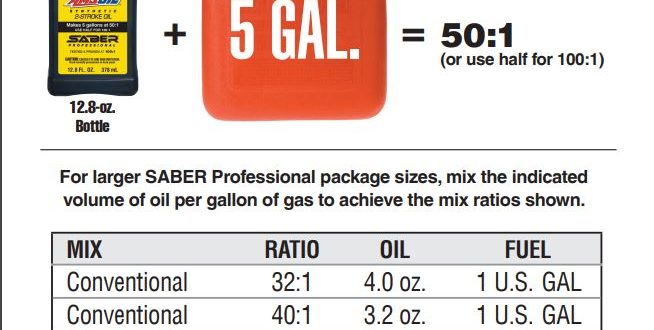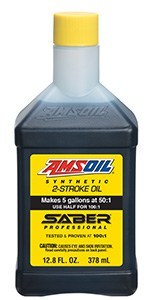Our pre-mix product and chart make AMSOIL the Easy Choice- and you save money/time Andy Arendt|Jun 04, 2018 2:07 PM Depending on two-stroke equipment age, brand and owner preferences, keeping track of two-stroke oil mix ratios can be complicated. Professional lawn and landscape companies in particular face challenges when it comes to ensuring employees are […]
You are browsing archives for
Tag: saber
5 Expert Chainsaw Tips to Keep Things In...
5 Expert Chainsaw Maintenance Tips John Baker|Feb 13, 2020 4:24 PM Chainsaws are great tools – when they’re working properly. Here are five chainsaw-maintenance tips to keep your chainsaw cutting strong. Keep the chain sharp Anyone who has tried forcing a dull chain through wood knows the importance of a sharp chain. Properly sharpening a […]
Weed Eater Won’t Start? Try This
We’ve all been there – Weed Eater Starting Foes! John Baker| Jun 19, 2019 9:28 AM No matter what you call it – weed eater, weed whacker, string trimmer – chances are at some point it won’t start. Few things are more annoying than destroying your shoulder trying to start the weed eater when there’s […]
Leading the Way in the Wind Industry
Making The Wind Industry Profitable Nearly 58,000 wind turbines dot the American landscape. Nearly 50 percent of those now use AMSOIL synthetic lubricants in their gearboxes. Here´s the story of how we shook up the wind industry – and how it benefits you. We dove into the wind market more than a decade ago for […]



